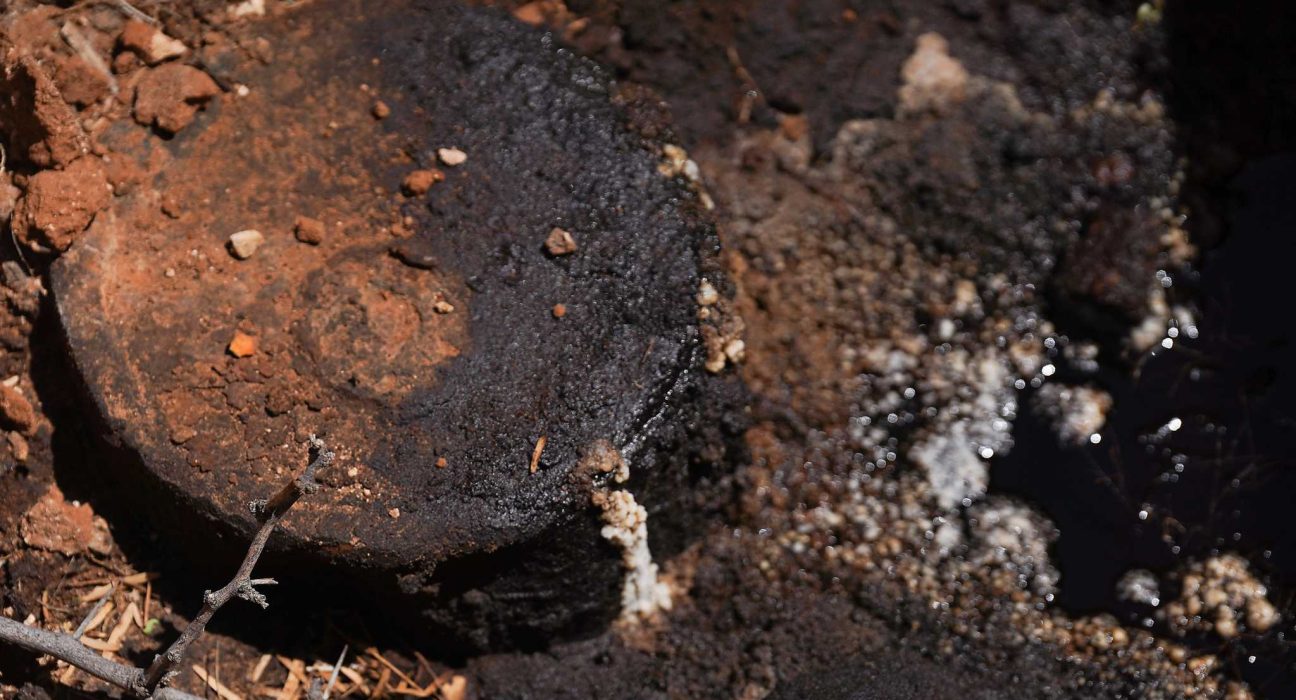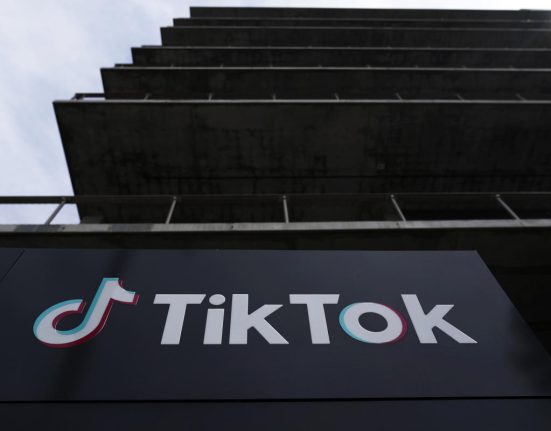An old oil well leaks salt water and oil on Antina Ranch near Monahans.
Elizabeth Conley/Staff photographerThat should have been enough to plug an additional 800 oil wells beyond what the commission was already doing. But with new abandoned wells constantly being added to the list, Texas and other oil-producing states are stuck in a constant game of catch up to plug old wells before they begin to leak a toxic mess of oil and salt water.
Advertisement
Article continues below this ad
The Railroad Commission plugged 19,000 wells between 2005 and 2022, but another 21,000 sites were added to the orphaned well list during that time, according to a coalition that includes the Sierra Club and the Center for Biological Diversity.
“While some states like Pennsylvania boast large inventories of (older abandoned) wells, for most states the orphan well crisis is a present problem,” the group said in comments to the Department of Interior last month.
The Railroad Commission declined to make officials available for an interview. But in a written response, a spokesperson for the agency described the orphaned well list as constantly fluctuating.
“Understand that the RRC aggressively plugs wells and prioritizes high risk wells and plugs those first to prevent groundwater pollution,” she wrote.
Advertisement
Article continues below this ad
Congress passed legislation in 2021 setting aside $4.6 billion towards plugging the hundreds of thousands of orphaned oil wells that have been identified in the United States. More than $100 million of that money has been distributed nationwide so far, with 730 abandoned wells plugged in Texas, more than any other state, the Interior Department reported in November.
At the same time, the number of wells the Texas state government is paying to be plugged is declining, according to analysis by the Austin-based watchdog group Commission Shift.
Between 2016 and 2021, the railroad commission plugged 1,661 wells a year on average. Now federal funding has started flowing, state officials are projecting that number to rise to 2,000 this year and 2,200 next. But more than half of those wells are being paid for with federal money, meaning 600 less wells will be paid for with state funding each year.
Advertisement
Article continues below this ad
State budget data shows state funding for orphaned well plugging rising steadily between 2016 and 2021 to almost $72 million per year. But that funding, which is collected through fees on oil and gas companies, has declined since then, with the commission requesting only $63 million per year for 2024 and 2025.
“They could have put way more money into plugging, and they chose to decrease funding,” said Virginia Palacios, executive director of Commission Shift. “The commission talks about getting it down to a manageable number near zero, but I don’t see how it’s possible.”
Asked about the decline in funding, the railroad commission said its state-funded plugging program was in line with legislative targets.
“We’ve exceeded well plugging targets set by the Legislature for seven straight years,” said the commission spokesperson. “It is also important to note that a majority of operators responsibly fulfill their obligations to plug wells.”
Advertisement
Article continues below this ad
Oil companies, which are required to fill oil and gas wells with cement plugs within 12 months of halting production, close off close to 7,900 wells a year, about 80% of all the wells plugged, according to the Railroad Commission.
The falloff in state-funded plugging could well be an issue for the Railroad Commission as it seeks additional federal funding.
While the early rounds of grants were based on states’ catalogues of orphaned wells, future rounds will be based both on states increasing their funding beyond what they spent between 2010 and 2019, as well as writing tougher regulations, “that will reduce future orphaned well burdens and improve plugging standards and procedures,” the Interior Department reported in November.
In Texas, landowners and environmental activists have long campaigned for tougher rules, seeking to limit companies’ ability to get years-long extensions on state plugging requirements, as well as their ability to shift liability for older wells to less well-capitalized companies that often go bankrupt.
Advertisement
Article continues below this ad
The Legislature so far has resisted such changes, wary of placing additional costs on oil and gas companies.
“The responsibility should bear mostly on the industry, and maybe the rules do need to change,” said state Rep. Armando Walle, D-Houston, chair of House appropriations subcommittee that funds the railroad commission. “That’s going to be tough in the current political environment. The oil and gas industry is an important part of the economy.”







